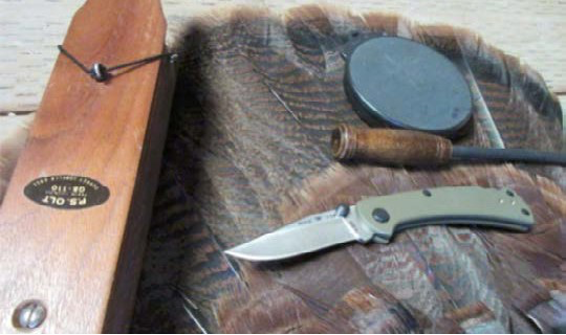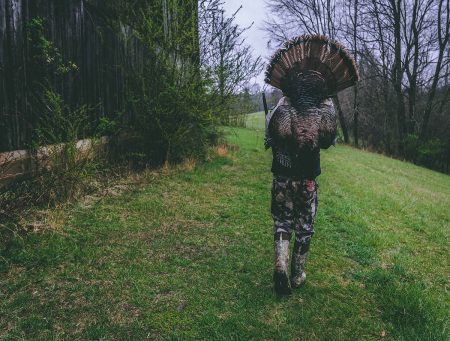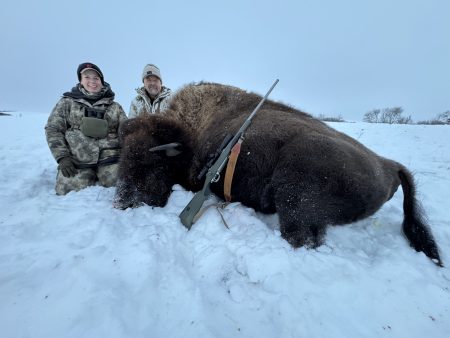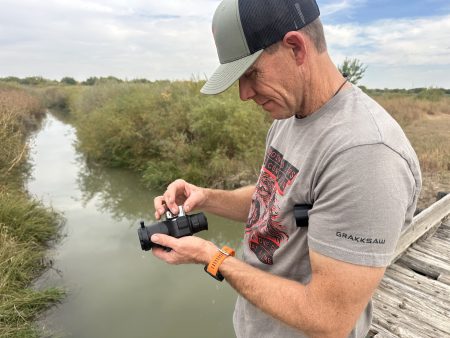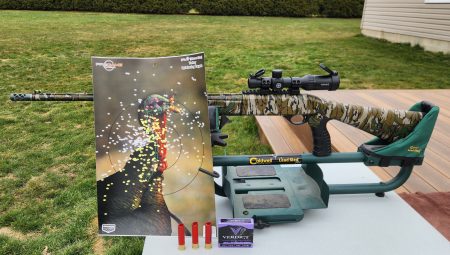From notching a turkey tag to removing the tasty turkey breasts and drumsticks, a knife—make that the right knife—makes your field and butchering chores much easier. The good news is you have many great options to prepare for the meals in your future.
First, decide on a fixed or folding knife. A fixed blade knife is easier for many hunters to use and is easily secured in a sheath to be stored in a hunting pack or vest. Take a look at Buck Knives’ 105 Pathfinder Pro Knife or the 102 Woodsman Heritage Series Knife with classic Cocobolo wood handles. The finer clip-point blade on the 102 Woodsman knife is designed for detailed chores like removing a turkey breast from the bones.
Folding knives are smaller and easy to store in pockets, but remember which one of the many turkey vest pockets you place the knife in, or you could be searching for some time. Once you have the folding knife in hand, be certain the knife blade operates properly and will lock securely into the open position. Good examples of folding knives are the Buck Knives’ locking 110 Hunter Sport knife with a 3.75-inch clip blade and the affordable 661 Folding Pursuit small knife with a 3-inch drop-point blade that weighs a scant 2.5 ounces and arrives with a sheath for storage. Remember to thoroughly clean all folding knives after use, so the knife is easier to open and use the next time you need it.
Always remember proper firearm and turkey hunting safety rules when going for gobblers. Some proper knife safety rules to follow include: handle all knives with care and always cut away from your body, not toward it; if you drop a knife, let it fall and do NOT attempt to catch it; keep a knife folded or sheathed when carrying in a hunting vest; and keep all hunting knives oiled and sharp. A sharp knife is safer than a dull one.
Per our affiliate disclosure, we may earn revenue from the products available on this page. To learn more about how we test gear, click here.






